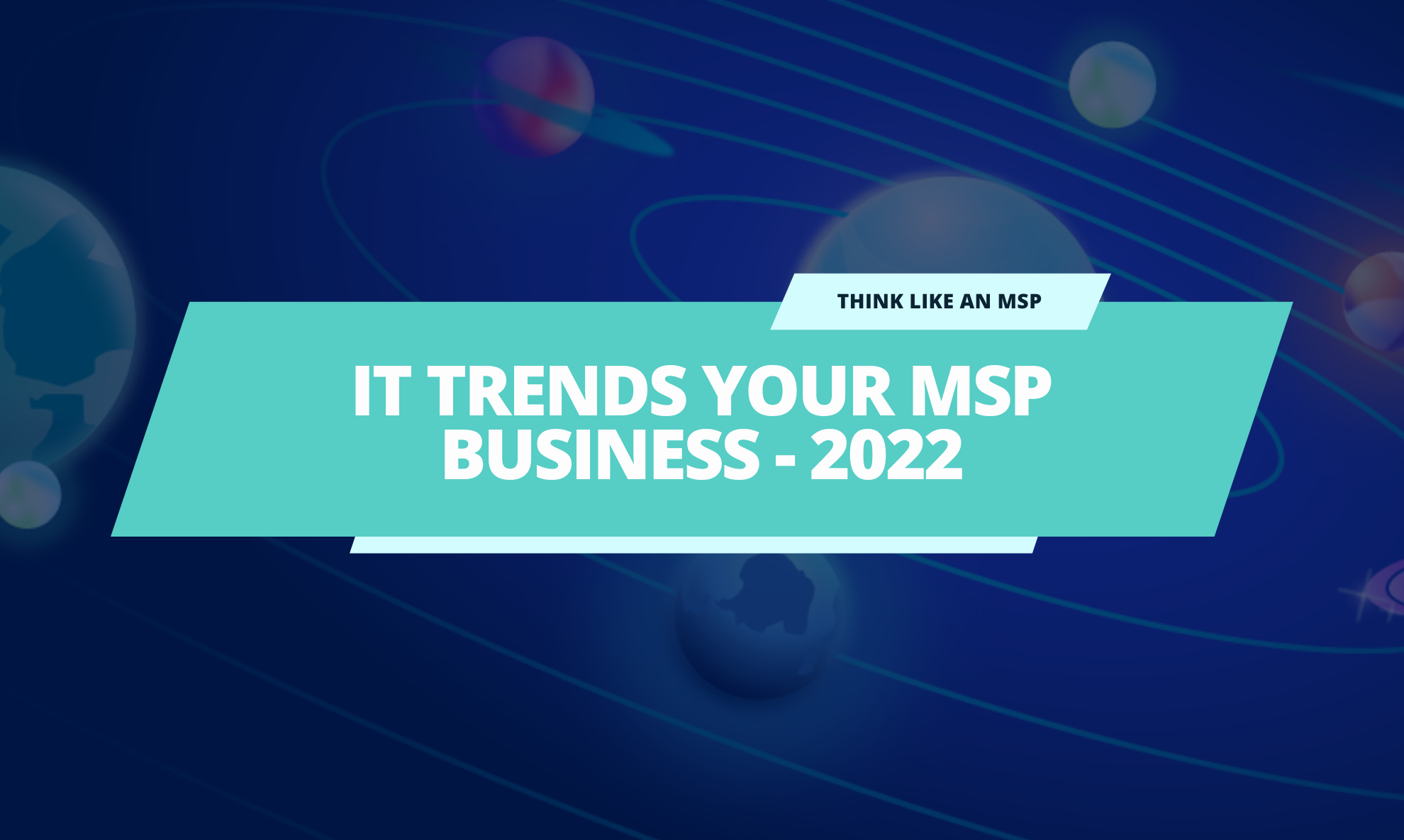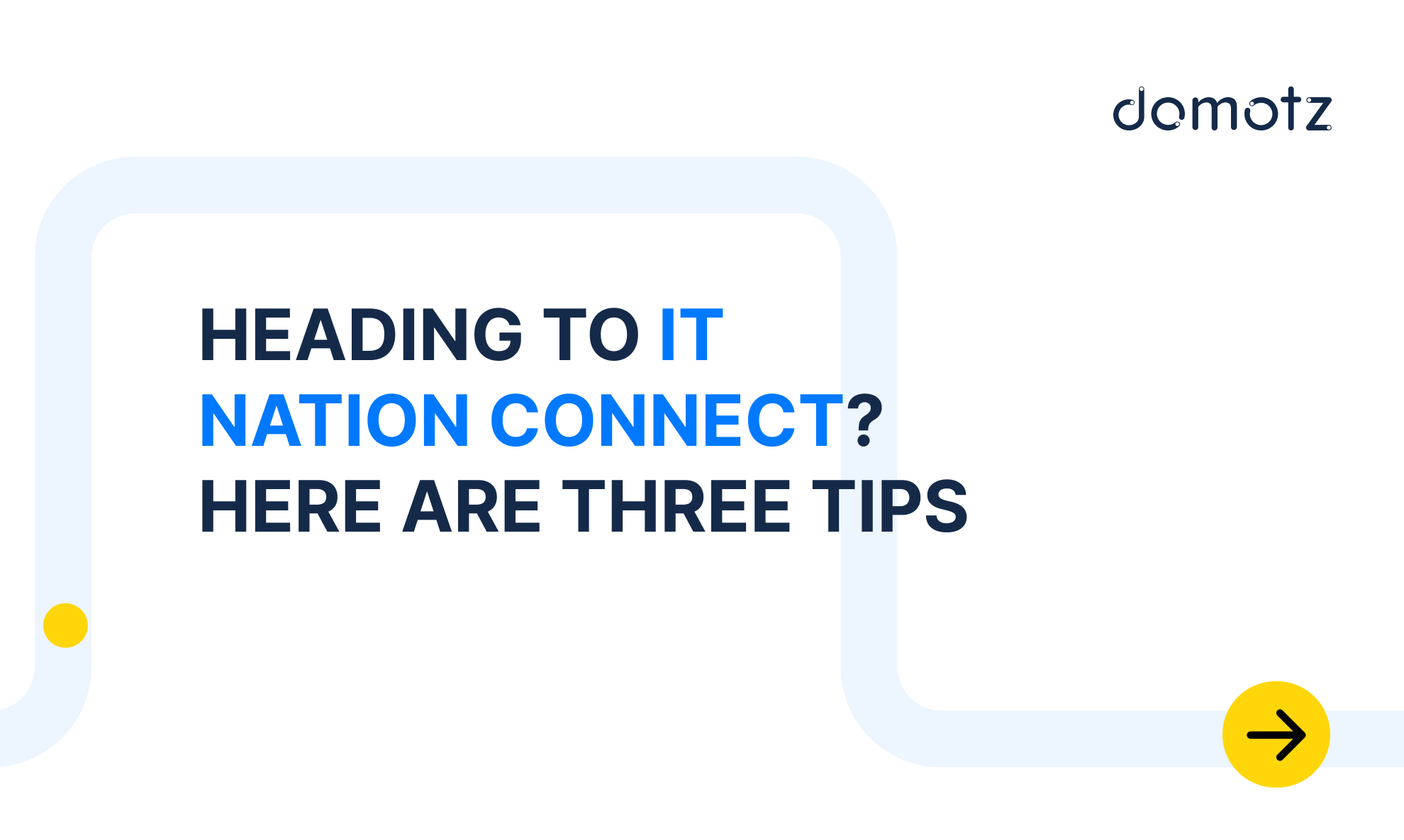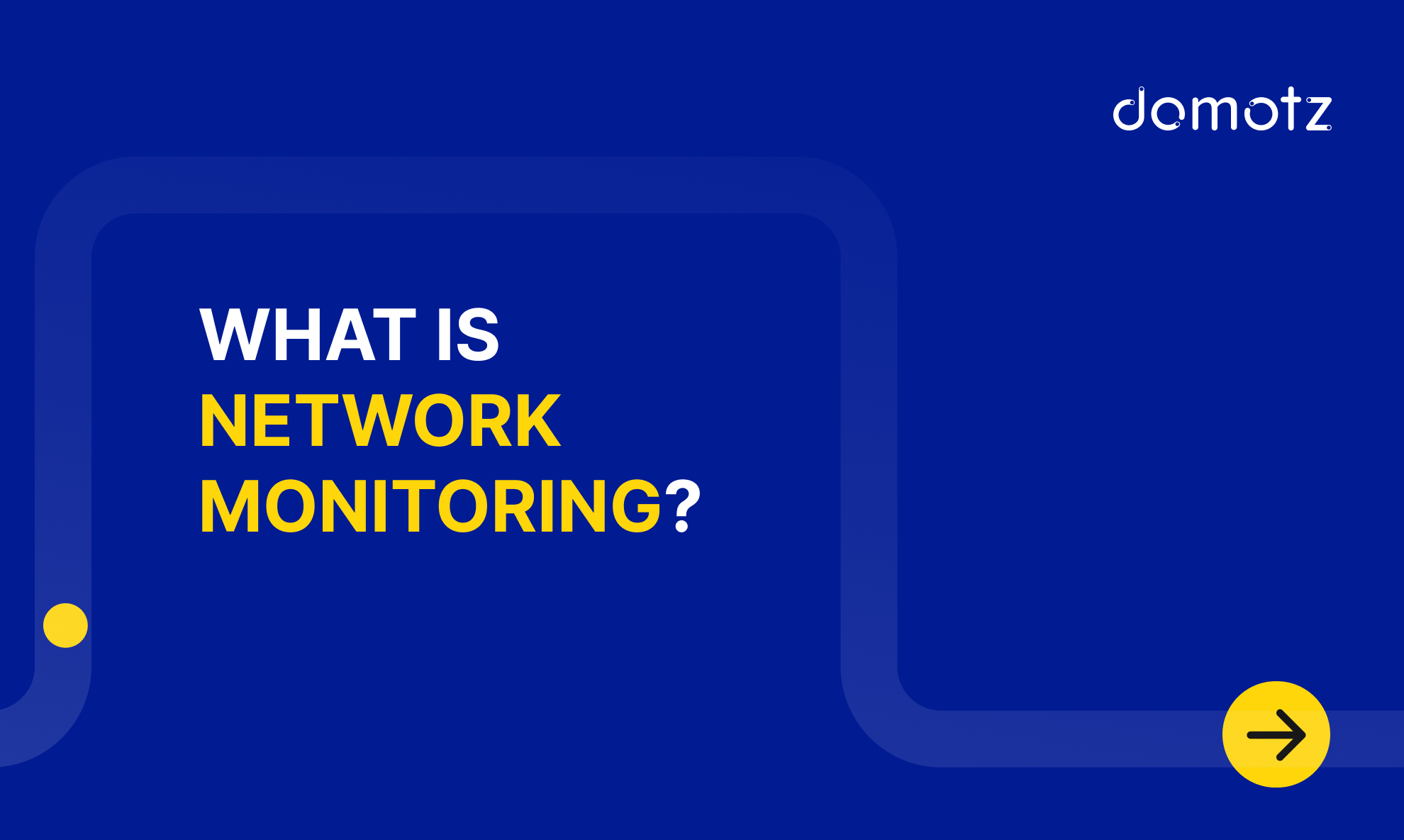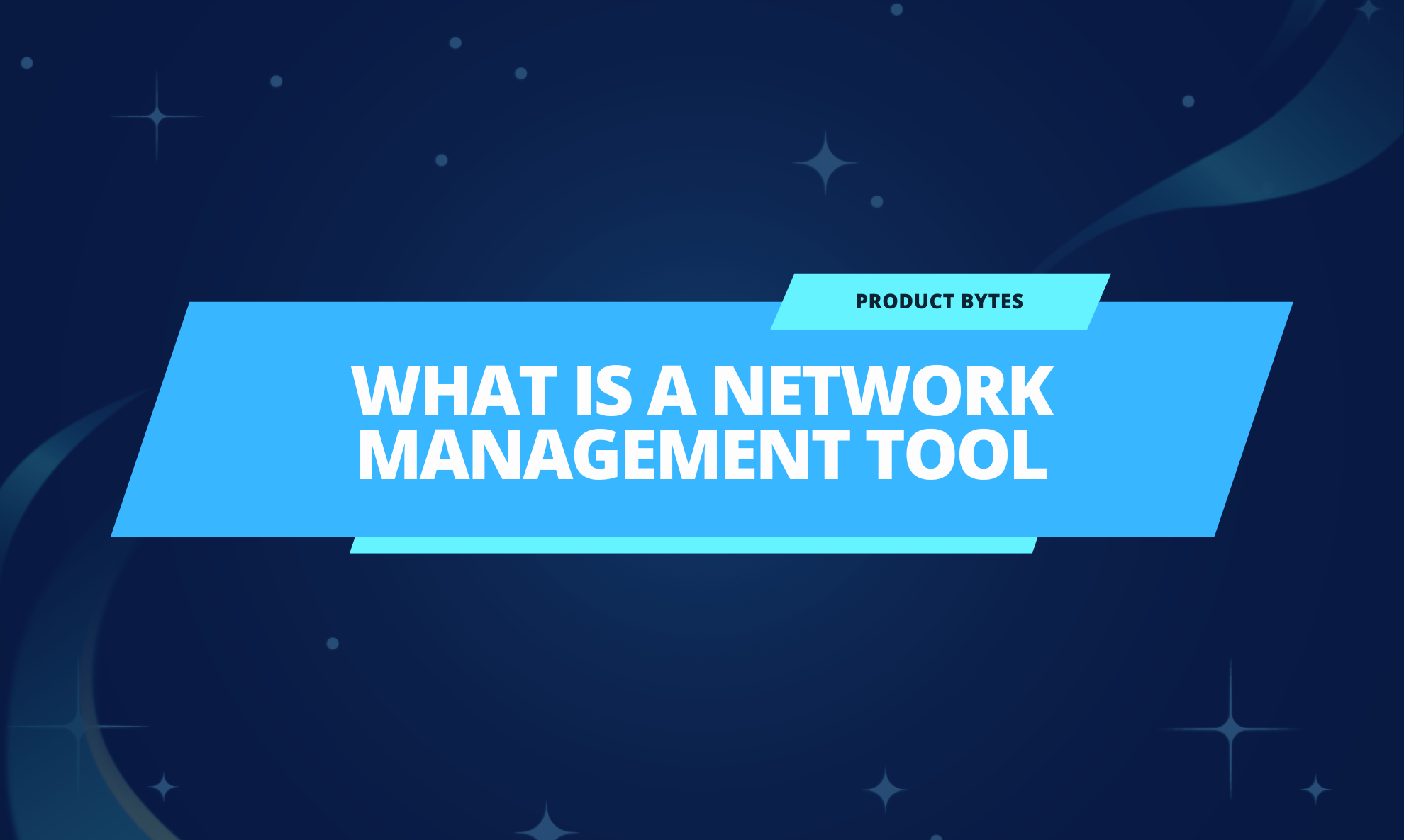This past year, we’ve seen a lot of changes in the service provider space. Many of these trends were driven by the pandemic, labor shortages, and significant changes in how people work.
Here are some of the top IT trends MSPs and service providers are embracing right now:
- Developing a security culture
- Actionable data insights and big dashboards
- Automating the processes you can
- Employee retention
- Creating an IT change management process
1) Developing a security culture
Many IT leaders recognize cybersecurity as the number one threat to their businesses. Attacks are becoming more frequent, powerful, targeted, and challenging to remediate.
This is a massive topic in itself but here are some quick tips for getting up to speed:
- Implement security technologies
- Develop a security culture in your MSP that your employees adhere to
- Develop a security culture within your client’s organization. In fact, many MSPs won’t take on a client these days without a subscription to basic security features.
- Backup your data
There are many tools to help you with these processes! For example; Domotz can help you detect security issues like intruders, opened ports, and network configuration changes. You can also use the software to perform security scans.
2) Actionable data insights and big dashboards
Using data well is central to decision-making and your overall business strategy. Nowadays we all have access to unprecedented amounts of data. However, more data doesn’t necessarily mean better results.
As an MSP you have more access to data about the networks and the devices you manage to help you work smarter. However, making the data you get actionable is critical to using it to your benefit.
Here are three easy ways you can use data to improve the way you work:
- Get real-time data on problems occurring with the networks and devices you manage
- Use the data to discover trends in network and device behavior
- Create dashboards that provide better visibility of the big picture in terms of network performance. For example; some MSPs like dashboards including all the statuses of critical infrastructure devices across their clients. This allows you to understand what actions need to be taken immediately.
Many tools can help you get better visibility on the networks and devices you manage. Above all, these systems can help you process data better and identify critical trends impacting network and device performance. For example, a network monitoring system like Domotz can automatically collect all relevant data about the devices you monitor. Pairing this system with something like Power BI you can turn this data into a real-time dashboard to streamline your work.
3) Automating the processes you can
Automation will continue to play an essential role in 2022. Automate more to scale better and boost your efficiency. Automation is no easy task but with the right tools in place, you standardize processes, remove the risk of human error and reduce the workloads for your staff.
Here are some quick examples of processes that you can automate:
- Generating tickets in your PSA tool when a network or device goes down
- Automatic notifications on an internal messaging system (like Slack) if prioritized critical infrastructure devices go offline
- Software deployments and firmware upgrades
- Network and device reports
- Customer satisfaction ratings and Net Promoter Scores NPS
You don’t have to go it alone in automating processes. As they always say, don’t reinvent the wheel.
There is different software that can help automate and streamline your workflows.
For example, Domotz network monitoring software includes thousands of integrations with ticketing systems, documentation tools, data aggregation platforms, productivity tools, and more.
4) Employee retention
As an MSP, your employees are everything to your business. Another trend we’re seeing is that many MSPs realize how essential recruiting and retaining employees is to the business.
Your employees are one of the critical drivers for your company’s growth. A happy team that finds fulfillment in their roles will ultimately allow your organization to achieve the best results. We’re seeing more MSPs want to be leaders, mentors, and inspirations for those in their organization.
As an MSP, you must deliver consistent and measurable results for your customers while ensuring operational efficiency. The best way to do it is to build a team with the right skills and motivation.
Here are some tips on employee retention:
- Building a company culture: Focus on human nature over processes. Develop the company culture at your organization together with your team. Good company culture means happier employees, higher outputs, better relationships, and motivation. Ultimately this translates into better service for your customers.
- Investing in employee retention: Discover what motivates your team to deliver better results. Measure employee output regularly, and get feedback from your employees as much as possible. Find more information about employee retention here.
- Management training: An MSP business needs good managers and leaders. You invest in a lot of training but don’t hesitate to invest in employee management training.
Don’t hesitate to have a read-through on actionable MSP leadership tips for your IT business.
5) Creating an IT change management process
Change has always been a part of an MSP business. However, in the past year, adapting to change has been at the forefront of the IT world. At the same time, many of us haven’t really documented our plans for change management concretely.
Here are some tips on getting started with creating a change management process.
First, it’s essential to categorize the changes your organization may face. According to Atlassian, this includes:
- Standard changes: common changes following well-defined processes such as upgrading hard drive size or setting a new database.
- Normal changes: not-emergency changes that don’t have a pre-established process such as website change or upgrading network devices.
- Emergency changes: unplanned changes such as security threats or a network device outage.
Second, make the change management process as simple as possible. For example, you can use tools to automate your processes, deploy smaller releases, invest in more testing procedures and processes, and more.
Finally, define roles and responsibilities to manage the changes your organization may face. In small and medium companies, one person may take all the responsibilities. On the other hand, bigger enterprises may share processes among existing teams.
Your IT change management needs to have a solid foundation and change management software may be worth investing in.
What IT trend is most important for your business in 2022?
From security culture to automation, spearheading change management processes, employee retention, and actionable data insights, there are a lot of exciting trends on the rise right now in the MSP space.
What’s one trend you’ll be focusing on in 2022? Don’t hesitate to tweet us the trend you’re going to prioritize.
For additional help with your 2022 planning process, consider our latest articles:



